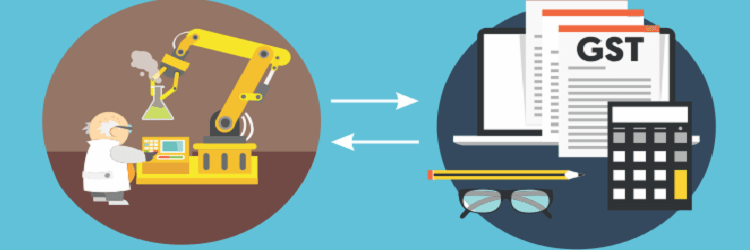
Be ready for GST: 5 Transition strategies for CFOs
Parliament has approved the GST bills, and we are now one step closer to GST. Here are 5 ways CFOs can best prepare for the future and get ready for GST.
- Consultants
It is April, the first month of the new financial year, and many of you may be renewing contracts with your indirect tax consultants. Companies often have different consultants for different taxes, like service tax, excise, and VAT. Under GST, it is likely that only one consultant will be required — although initially, there may also be pending assessments and notices to manage. Have you considered this when renewing consultant contracts? Have you evaluated whether any of your current consultants have adequate knowledge of the new GST law? Would they be as helpful and useful as they were under the old law? To use a cricket analogy: a great test player may not be necessarily a good one-day player, not to speak of a T-20.
Whether selecting a new consultant or continuing with an old consultant, it’s advisable to understand their depth of knowledge of GST. Feedback from their other clients can be invaluable.
A consultant with a thorough understanding of GST law, and knowledge of various automation services offered by Application Service Providers (ASP) in partnership with licensed GST Suvidha Providers (GSPs) will be able to help you choose automation vendors for GST compliance.
- Action points during the changeover
Many issues are likely to emerge as we shift from the current tax regime to the GST, especially during the transition period. It is advisable to make a list of any activities and transactions that will merit attention during the transition. For example: “ensuring all invoices are entered in the credit registers under excise/service tax and VAT;” or “ensuring adequate balance in the tax payment account on 20th of the month under GST, as against the 6th.”
The transition may also impact ERP and accounting systems; therefore, getting in front of decisions could help the IT team to make timely automation changes.
- Clarity from Government
Some transactions may need further clarification from the government. For example, where the supply chain is the “manufacturer – depot – distributor – dealer – customer,” how would a dealer get credit for goods lying in stock if he/she does not have a manufacturer’s excise invoice, but the goods can be identified because of their distinctive number, as in case with air conditioners, refrigerators or even cars. Today there is no clarity on this. Moving forward, the government may be able to help resolve this issue.
If you are aware of any such issues, you may alert state or central governments: Clearly, state the issue along with any possible workable solutions. There are different ways to approach the government. For example, CBEC has established working groups to resolve procedural issues in some specified sectors. Local excise and service tax commissions in some cities, including Pune, are collecting issues from industries so that these may be taken up with the CBEC. Professional bodies like ICAI are also taking up issues with the government, as are trade bodies and chambers of commerce.
- More examples of transition
There are many other possible transitionary changes. For example, under the current tax regime, some companies that send their raw material or semi-finished products out for processing finally dispatch these from the job worker’s premises under the current Rule 4(6) of CENVAT credit rules. Under GST law [section 143(1)(b)], the place of the job worker will have to be declared as an additional place of business by the principal manufacturer, if the job worker is not already registered. This may be a small thing, but it is a mandatory area of compliance under the GST law.
There could be many such mandatory compliances under the new regime. A thorough examination of your company’s activities to uncover action points would be prudent.
- Strategizing transition activities
Postponing or expediting some activities during the GST transition period may save your company some money. For example:
Under GST, Export Oriented Units (EOU) would not benefit from the current upfront customs duty. An EOU in the process of procuring some capital assets or raw material during the transition period should find out from the logistics team if it is possible to complete the scheduled procurement before June 30, so that at least on that procurement, the exemption benefit can be enjoyed, Of course, one cannot advance procurements by a few months or a year just to take advantage of duty exemption benefits, but any procurement that is on cards can possibly be scheduled with optimum tax benefits in mind.
Another example involves a business that sells three different products falling under different headings in a single kit. Such supply may be called a ‘mixed supply’ under GST. Under section 8(b) of the CGST Act, if the rates of taxes differ for the three products in the kit, such kit will attract the highest rate applicable. Would it then make sense to discontinue the kit packing? This would be a difficult decision, as consumer reaction would also have to be judged. Composite supply and mixed supply are two new concepts that should be evaluated moving forward.
There is much to do in the run up to GST. Change is often difficult to handle, and GST is a big change. Fortunately, the transaction can be facilitated with the timely help of consultants and qualified ERP and compliance automation providers.
Avalara is an application service provider (ASP) partnering with licensed GST Suvidha Providers (GSPs). To understand how Avalara India GST can help you with GST compliance, contact us through https://www.avalara.com/in/products/gst-returns-filing.



